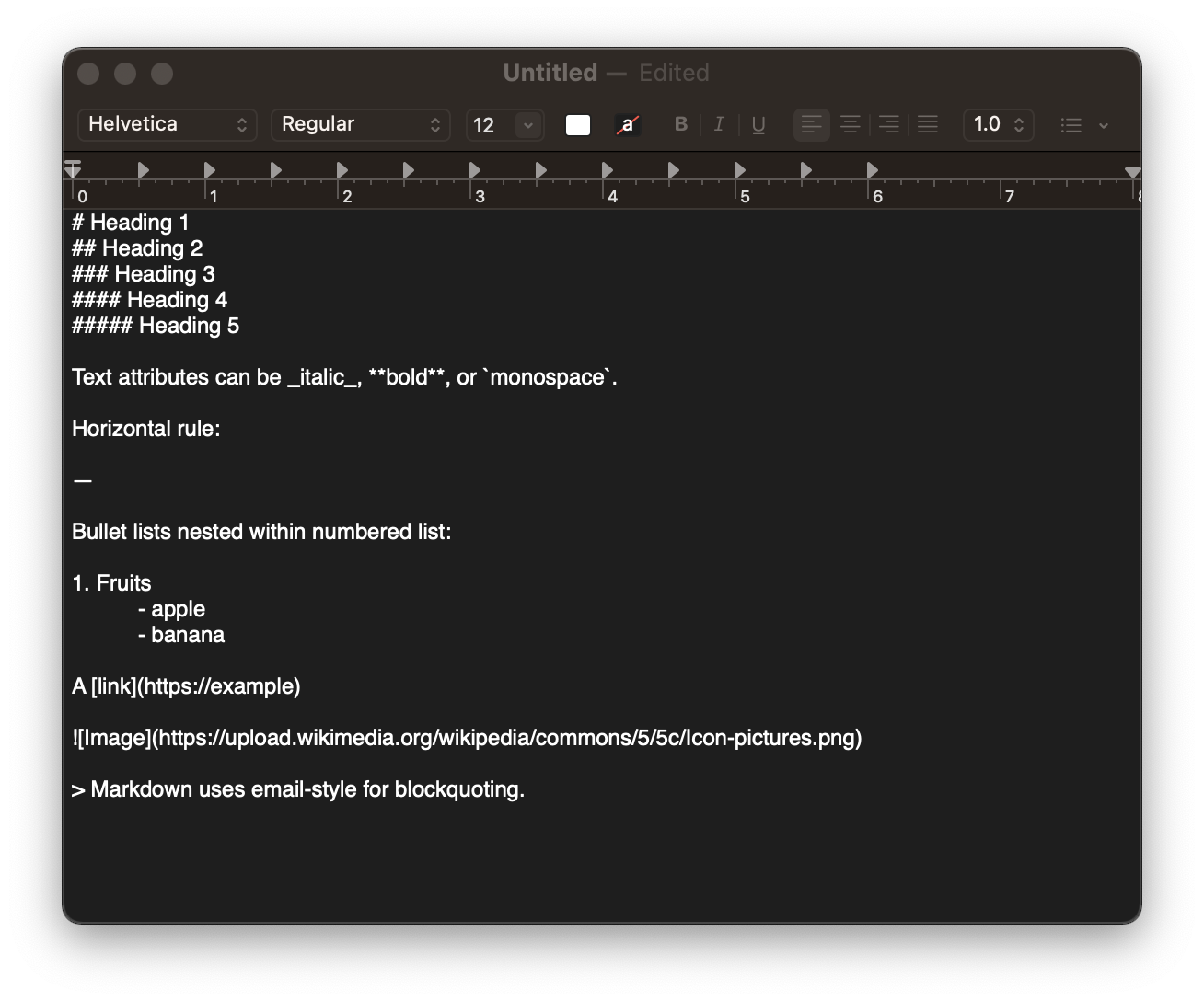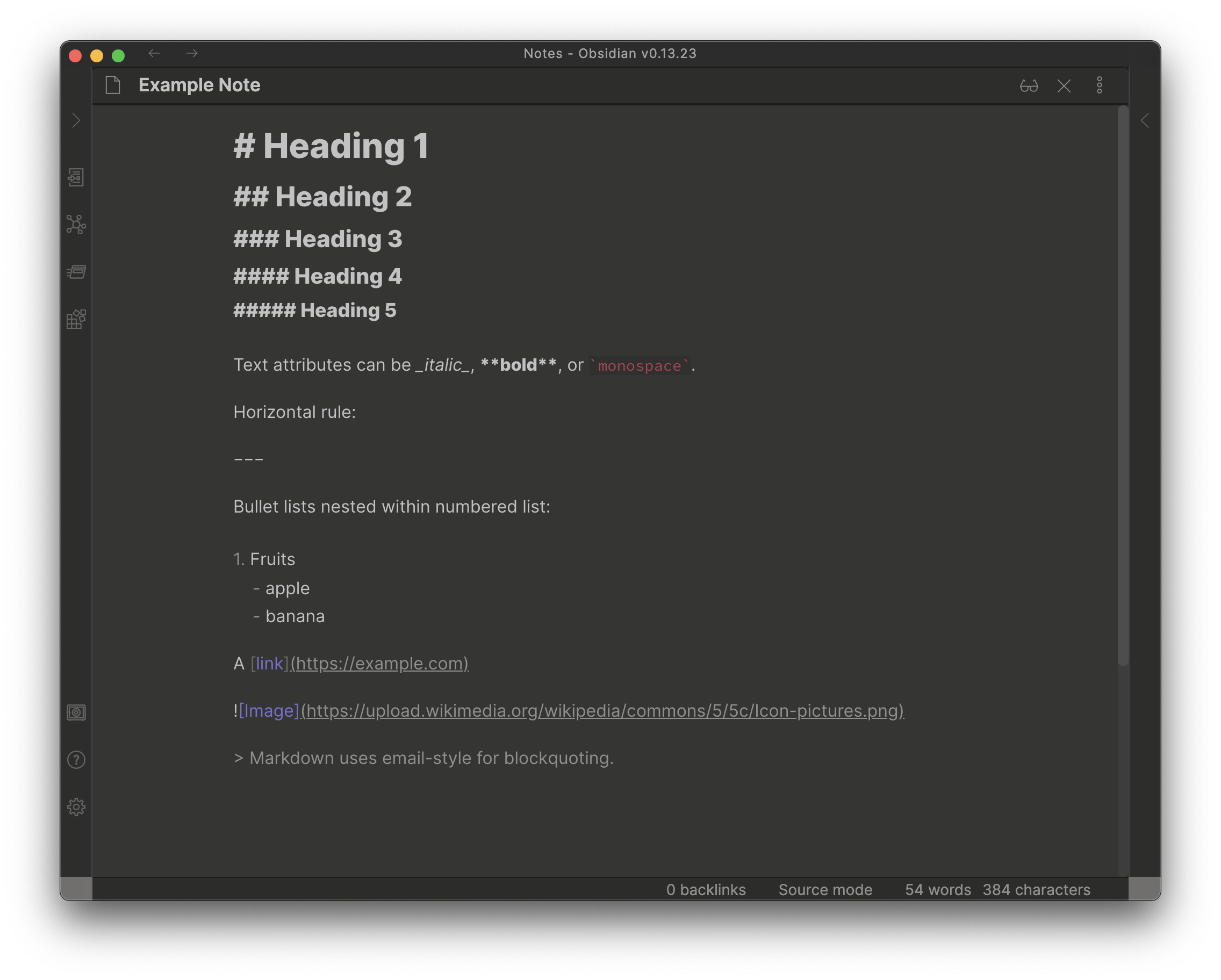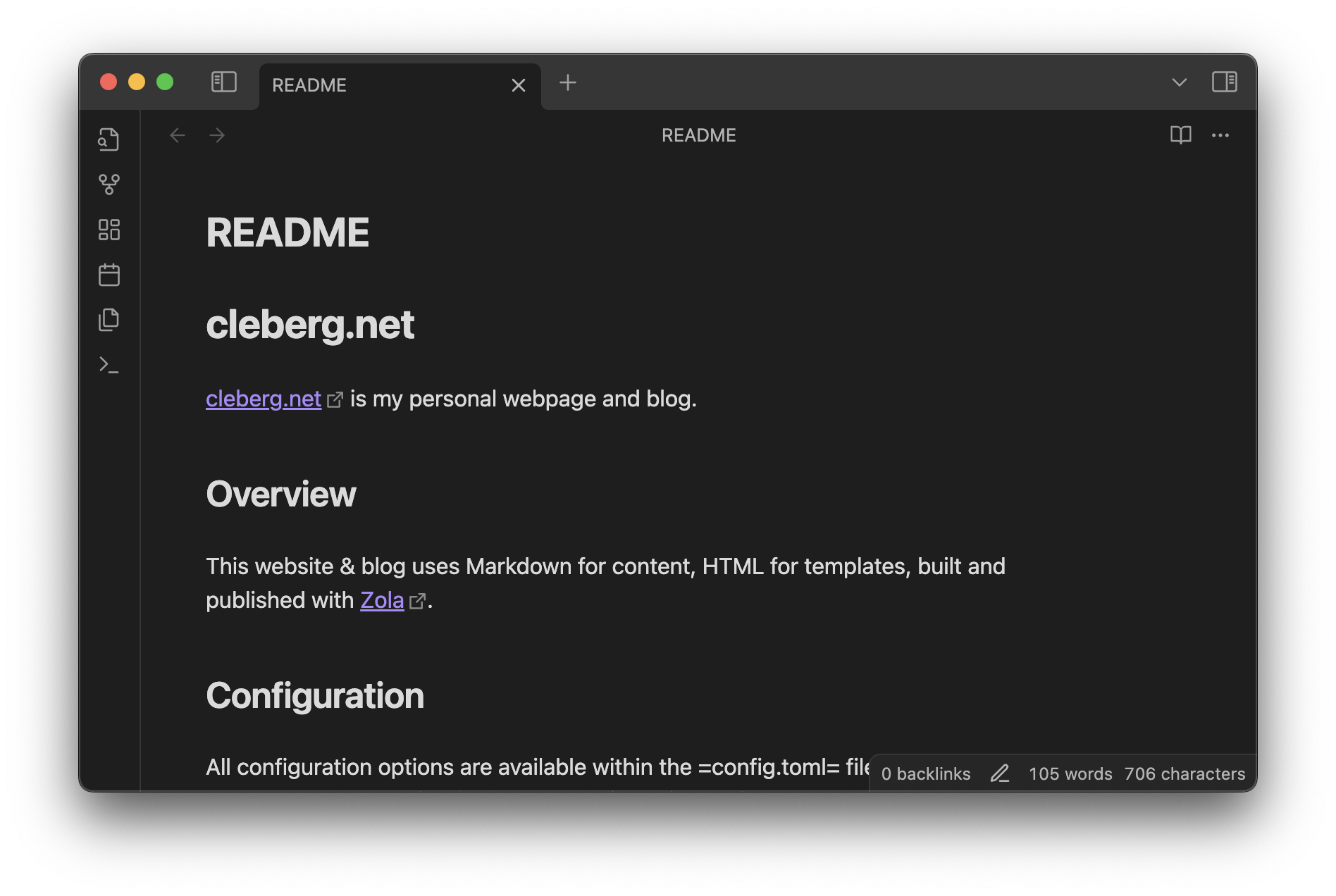diff options
| author | Christian Cleberg <hello@cleberg.net> | 2024-03-04 22:34:28 -0600 |
|---|---|---|
| committer | Christian Cleberg <hello@cleberg.net> | 2024-03-04 22:34:28 -0600 |
| commit | 797a1404213173791a5f4126a77ad383ceb00064 (patch) | |
| tree | fcbb56dc023c1e490df70478e696041c566e58b4 /content/blog/2022-03-02-note-taking.md | |
| parent | 3db79e7bb6a34ee94935c22d7f0e18cf227c7813 (diff) | |
| download | cleberg.net-797a1404213173791a5f4126a77ad383ceb00064.tar.gz cleberg.net-797a1404213173791a5f4126a77ad383ceb00064.tar.bz2 cleberg.net-797a1404213173791a5f4126a77ad383ceb00064.zip | |
initial migration to test org-mode
Diffstat (limited to 'content/blog/2022-03-02-note-taking.md')
| -rw-r--r-- | content/blog/2022-03-02-note-taking.md | 137 |
1 files changed, 0 insertions, 137 deletions
diff --git a/content/blog/2022-03-02-note-taking.md b/content/blog/2022-03-02-note-taking.md deleted file mode 100644 index 88fd704..0000000 --- a/content/blog/2022-03-02-note-taking.md +++ /dev/null @@ -1,137 +0,0 @@ -+++ -date = 2022-03-02 -title = "Easy, Reliable Note-Taking" -description = "My personal preferences to ensure notes are clear, portable, and long-lasting." -+++ - -## Choosing Durable File Formats - -> TL;DR: Write in a format that can be easily rendered and read in -> plain-text mode (e.g., `.txt`, `.md`, etc.). - -As I've written more and more over the years, I've found that my love -of note-taking is always growing. Everything I learn or need to remember -can be written down in a note and saved digitally, with no cost to -myself. Unlike paper copies that need physical storage space, digital -files simply need space on your local disk or cloud storage, which is -fairly abundant these days. - -However, I had a historical struggle with migration of notes between -different apps that require different formats and applied proprietary -styling. This meant that I had to go through each note during migration -and edit the file to look presentable again. - -For the last year or two, I have written everything exclusively in -[Markdown](https://en.wikipedia.org/wiki/Markdown) format. Small notes, -long-form writings, and even these blog posts are all written in -Markdown. - -Why Markdown? While I do appreciate the simplicity of plain-text files -without any formatting, I often need visual cues such as heading and -code blocks to keep my thoughts straight. Markdown provides a minimal -set of styling indicators for me to style my notes without adding any -proprietary, embedded data into the files. If I want a top-level -heading, I simply add a hash (`#`) before the line. An added -bonus is that even if a system doesn't understand Markdown, it will -render it as plain-text and I can read it just as easily. - -For example, here's how TextEdit on macOS will open and display a -Markdown file in plain-text, since it does contain any features to -preview Markdown as HTML: - - - -## Saving & Syncing Files - -In order to read and edit my notes across platforms, I use my personal -cloud storage through Tresorit due to its native integration with macOS -and iOS file managers. In addition, Tresorit works well on Debian-based -Linux distros, which I used before macOS (and will likely switch back to -in a few years). - -You can use whatever sync software you want - syncing plain-text or -markdown files is incredibly easy and fast, since the files are -generally tiny. - -Since the cloud storage syncs files automatically, there is no need for -me to sync anything manually or kick-off a sync job to update my files. -This means that I can edit on mobile, and it takes about 5-10 seconds to -see the changes on desktop. - -### Version Control with Git - -A different approach I've contemplated is storing my notes and -attachments is using a hosted Git repository to track changes to the -files. However, I don't want to rely on an external service that could -potentially see into my data, even if the repository is private. - -I might just do `git init` locally and then commit my changes -each time I write or update a note, but that seems to be a lot of work -just for tracking changes - which I don't necessarily care to know. - -### Backups! - -One small addition to the storage/sync conversation is the idea of -backups. Personally, I manually create periodic backups of my entire -cloud storage, compress it into an archive, and store it on my home -server. - -To improve my workflow, I am going to be exploring options to -automatically compress the mounted cloud directory and send it over to -my server on a set schedule. - -## Writing on Desktop - -> **Update (06.14.22)**: Since writing this post, I have reverted to -> simply keeping my `notes` folder open and opening notes -> individually in TextEdit for a more minimal and relaxing writing -> experience on the desktop. - -The bulk of my writing occurs in a desktop environment, with a full -keyboard layout and wide screen. I don't illustrate with a smart pen, I -rarely use embedded images, and I love being able to see all of my -notes/directories in a sidebar. - -With this simple set of requirements, I chose -[Obsidian](https://obsidian.md) as my desktop text editor. Obsidian has -some in-depth tools like a graph view, command palette, mentions, etc., -but I've found that using it as a simple Markdown editor is incredibly -easy and straightforward. - -Here's an example of how my Markdown notes look when opened in -plain-text mode: - - - -Here's the "live preview" version, where the Markdown is rendered -into its HTML format: - - - -### Programming on Desktop - -While I was writing this, I realized I should specify that I don't use -the same editor for writing notes and for writing code. For programming -purposes, I use [VSCodium](https://vscodium.com) as my development IDE. - -## Writing on Mobile - -Personally, I write very little on mobile, except when needing to take -important notes on-the-go. Any long-form writing, journals, etc. are -done at home, where I always have my laptop available. - -I wanted a simple and foolproof editor for iOS, preferably open-source. -After a long journey of testing the few (& terrible) open-source iOS -note-taking apps, I finally found a phenomenal one: -[Runestone](https://github.com/simonbs/runestone). This app is fantastic -for note-taking, has plenty of optional features, and integrates -natively with the iOS file manager. - -This app opens the iOS file manager and allows you to click any file you -want, opens it up in an editor, and lets me save and close out of that -note. - -Quite simple but effective. |
